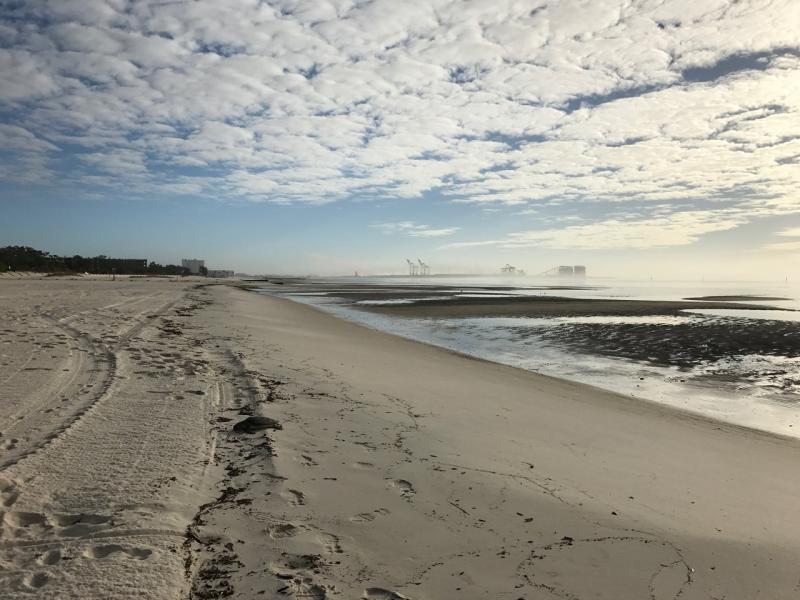NOAA biologists say a little information can go a long way in helping them understand why sea turtles strand. A stranded sea turtle is one that is found washed ashore or floating, alive or dead. If it is alive, it is generally in a weakened condition. Stranded sea turtles can be found floating in bays, passes, and the Gulf of Mexico, or on beaches and shorelines. They can be located year-round but are found most often in the spring and early summer.
It is important that you report stranded sea turtles so that biologists can document them. Live, stranded sea turtles will be taken to local rehabilitation facilities to receive care. Dead, stranded sea turtles will sometimes be salvaged for necropsy (non-human autopsy) and research. When they are not, they will be removed from the beachfront or marked so they are not documented again.
If you see a sick, injured, or dead sea turtle, please call or text the Mississippi Sea Turtle Stranding and Salvage Network Hotline at 228-369-4796 and trained staff will determine how best to respond.
For your safety and that of the sea turtle:
- Please do not attempt to move or pick up the animal.
- Please be prepared to provide an address or the exact location (latitude/longitude) of the stranded sea turtle, proximity to the surf, if it is alive or dead, and approximate size.
- Take several photographs of the animal, including one with an object for size reference, and text photos to the Stranding Hotline (228-369-4796).
Your assistance is greatly appreciated and could make all the difference in protecting these threatened and endangered sea turtles.
Photo credit NOAA Fisheries/Jaymie Reneker



